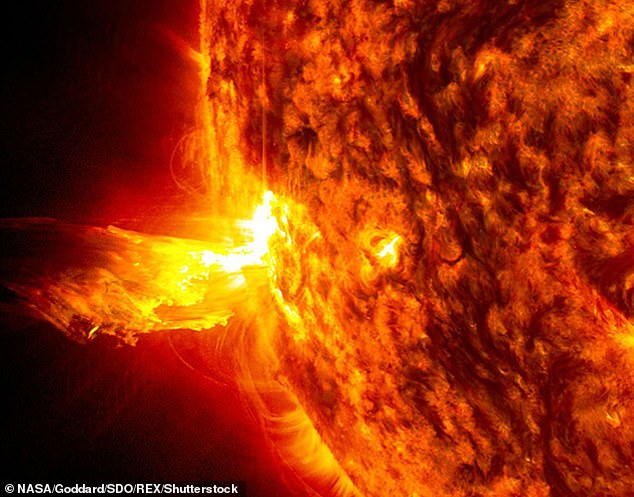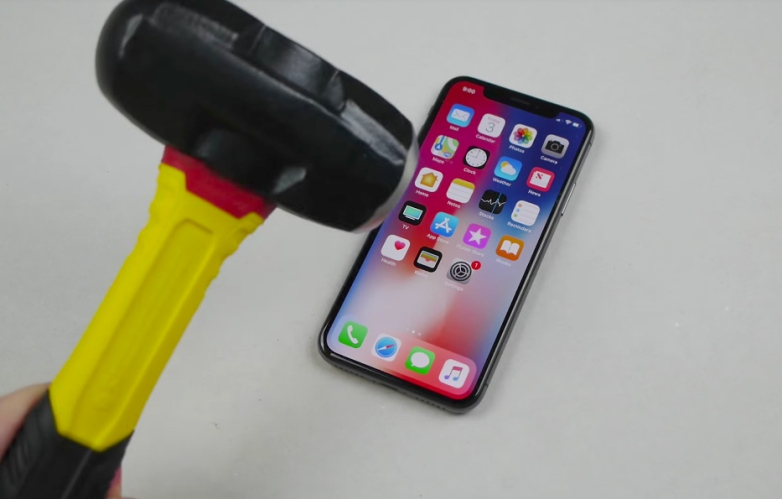
An extraordinary account of the impact space weather had on military operations in Vietnam in 1972 was found buried in the U.S. Navy archives, according to a newly published article in Space Weather.
On August 4, 1972, the crew of a U.S. Task Force 77 aircraft flying near a naval minefield in the waters off Hon La observed 20 to 25 explosions over about 30 seconds. They also witnessed an additional 25 to 30 mud spots in the waters nearby.
Destructor sea mines had been deployed here during Operation Pocket Money, a mining campaign launched in 1972 against principal North Vietnamese ports.
There was no obvious reason why the mines should have detonated. But it has now emerged the U.S. Navy soon turned its attention to extreme solar activity at the time as a probable cause.
The more we can understand the impact of such space weather on technology then the better we can be prepared for any future extreme solar activity.
A solar theory
As detailed in a now declassified U.S. Navy report, the event sparked an immediate investigation about the potential cause(s) of the random detonations of so many sea mines.
The sea mines deployed had a self-destruct feature. But the minimum self-destruct time on these mines was not for another 30 days, so something else was to blame.
On August 15, 1972, the Commander in Chief of the US Pacific Fleet, Admiral Bernard Clarey, asked about a hypothesis that solar activity could have caused the mine detonations.
Many of the mines deployed were magnetic influence sea mines that were designed to detonate when they detected changes in the magnetic field.
Solar activity was then well known to cause magnetic field changes, but it wasn’t clear whether or not the Sun could cause these unintentional detonations.
Solar flares
Early August in 1972 saw some of the most intense solar activity ever recorded.
A sunspot region, denoted MR 11976, set off a series of intense solar flares (energetic explosions of electromagnetic radiation), coronal mass ejections (eruptions of solar plasma material that typically accompany flares) and clouds of charged particles travelling close to the speed of light.
Those conducting the investigation into the mine incident visited the Space Environment Laboratory at the National Oceanographic and Atmospheric Administration (NOAA) near Boulder, Colorado, to speak to space scientists.
One of the scientists at NOAA at the time was the now Emeritus Professor Brian Fraser, from Australia’s Newcastle University, and it’s an event he told me he remembers well:
I was on my first sabbatical leave at NOAA working with Wallace (Wally) Campbell’s group, and one day in Wally’s office I noticed a group of US Navy brass hat gentlemen and a couple of dark suits.
Brian said he had later quizzed Wally on what was going on, and Wally explained they were concerned about geomagnetic field changes triggering sea mines laid in Hai Phong, North Vietnam.
There was no mention whether or not they had exploded but maybe Wally was being coy. And of course it was all probably top secret then.
The outcome of this investigation, as stated in the declassified U.S. Navy report, detailed “a high degree of probability” that the Destructor mines had been detonated by the August solar storm activity.
Solar interference
Solar storms cause strong magnetic field fluctuations, which impact large power grid infrastructure, particularly in the high-latitude regions beneath the northern and southern auroras.













